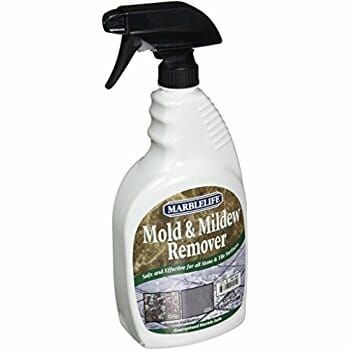|
The last couple of weeks we’ve been focusing on mold and mildew remediation and for good reason. With much of the southern US, Gulf of Mexico, and the Caribbean still recovering from the effects of Harvey, Irma, and Maria, the potential for devastating mold growth is very high.
As everyone tries to rebuild and recover from these horrible disasters, it’s important to know the proper ways to eliminate mold and mildew. But first, we should start by understanding what mold and mildew are:
-
What is mold/mildew
Mold, mildew, mushrooms, and yeast are all types of fungi with hundreds of variations commonly found in the US. Mold appears in several colors and textures and may appear furry, slimy, or powdery. In most instances, it is black or green—but it can also present as red or white—with a musty, stale, or “earthy” odor.
-
How are people exposed to mold
Since mold is a fungus it reproduces by releasing spores into the air that can be inhaled. Other methods of exposure come from physical contact or by eating spoiled food.
-
What are the symptoms of mold exposure
The common side effects of mold exposure are allergy and irritation. Nasal and sinus congestion, eye irritations, respiratory complications, coughing, throat irritation, skin irritations or rashes, flu-like symptoms, and headaches. This makes mold exposure particularly problematic for individuals with current respiratory issues, allergies, asthma, or emphysema, as well as those with compromised immune systems.
When it comes to clean-up MARBLELIFE’s Mold & Mildew Stain Remover makes fast work of the problem without harming your surfaces. It is 8 times more effective than bleach with significantly less odor. Our Mold & Mildew Stain Remover is a completely safe and effective way to eliminate mold and mildew. |

